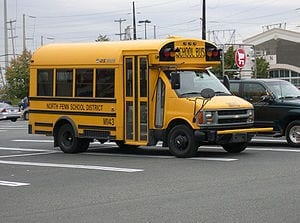
- Image via Wikipedia
World Wide Wait
EVER noticed how long it takes for web pages to load these days? You click on a link and wait and wait, and then wait some more, for the content to trickle in. If nothing has happened after ten seconds or so, your impatient correspondent hits the browser’s stop button followed by the reload key. In desperation, he sometimes loads the link into a second or even a third browser tab as well, and bombards the website’s server with multiple requests for the page. If that fails, he gives up in disgust and reads a newspaper instead.
Back in the early days of the internet, when most web users relied on dial-up connections, browsers were crude and web graphics were clumsy GIF files, eight seconds was considered the maximum people would stick around for a page to load. To increase “stickiness”, web designers pared their HTML code to the bone, collated their style-sheet data and JavaScripts into single files for more efficient caching elsewhere on the web, used fewer graphics and embraced the PNG and JPEG picture formats, with their smaller file sizes, as soon as they became available. Compared with text, pictures really were the equivalent of 1,000 words, at least when it came to the time taken to transmit them.










